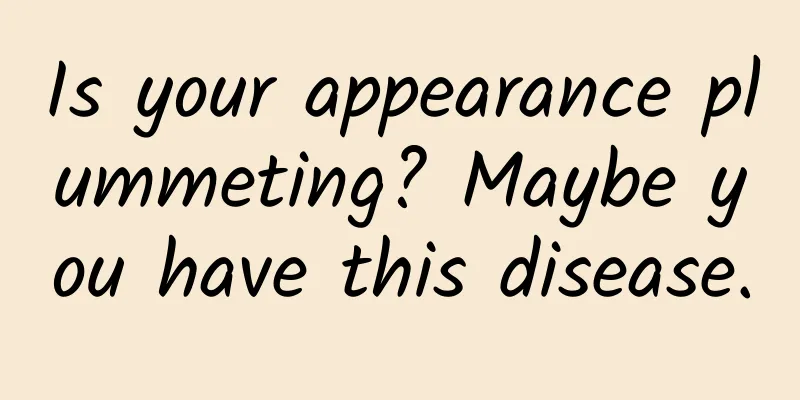How many days does the early pregnancy test paper detect?

|
Early pregnancy test strips are very convenient. When you suspect you are pregnant, you can use this test strip to test. Without taking contraceptive measures, it usually takes seven days from intercourse to pregnancy to detect pregnancy. Of course, there may be errors in the test results at this time. You can test again around the 14th day, which will be more accurate. Early pregnancy test strips are products designed to help women detect whether they are pregnant. In general, there are two types of results for early pregnancy test strips: drop urine into the detection hole on the test strip. If a colored band appears in the control area of the test strip (some test strips appear red, some appear blue), it indicates a negative result, indicating that you are not pregnant. On the contrary, if a clear color band appears in the test area, it indicates a positive result, indicating that the pregnancy is already there. This test has the advantages of being rapid, convenient, sensitive and highly specific. Early pregnancy test strips can only be used as a preliminary screening test. Do not rely on them too much, because false positives or false negatives may occur when using early pregnancy test strips. The working principle of self-testing pregnancy using early pregnancy test strips is to detect the HCG value, that is, the value of human chorionic gonadotropin. This hormone is produced by the placenta and usually appears in the urine a few days after pregnancy. However, due to the small amount, it is difficult to test it at the beginning and it becomes increasingly obvious after 10 to 14 days. (HCG values can also be measured through blood tests, which are much more accurate). Neither too early nor too late will have good results. It is generally recommended to use the first urine test in the morning for women who have just become pregnant, as the results are more accurate. But for women who have been pregnant for some time, urine from any time of the day can be used for testing. It usually takes about 7 days from intercourse to pregnancy, which means that pregnancy can be tested on the day of pregnancy (equivalent to 7 days after intercourse). Negative: A purple-red line appears in the test area (control line C), indicating no pregnancy Positive: Two purple-red lines appear in the test area (control line C and test line T), indicating pregnancy. The color intensity of the test line at different stages of pregnancy changes with the change of HCG concentration. Invalid: No purple-red line appears in the test area or only one purple-red line (test line T line) appears in the test area, indicating that the test has failed or the test paper is invalid and should be retested. |
<<: How to read the early pregnancy test paper
>>: What is brown discharge after menopause?
Recommend
What does a shrinking uterus mean?
We all know that women will experience uterine co...
How to treat dysmenorrhea in women
Dysmenorrhea is one of the most common gynecologi...
Subcutaneous breast nodules
After a woman gives birth, all aspects of her bod...
Can women drink Laozao after caesarean section? Is there any harm?
After choosing a cesarean section, the damage to ...
Can the wrapped bean curd be frozen? How to freeze the wrapped bean curd?
We all know that bean curd is a common type of pa...
Why do men like to touch breasts? Why do men like to touch breasts when kissing women?
When hugging with a boyfriend, I am always afraid...
Belly massage during menstruation
Massage is a common way to relax the body in my c...
What are the fitness plans for girls to lose fat and gain muscle?
For many women today, losing body fat is not just...
Introduction to Weight Loss for Polycystic Ovary Syndrome
Weight loss for polycystic ovary syndrome is a to...
The lochia is clean and the light pink color comes back
Women will have lochia after giving birth. Genera...
What are the symptoms of endometrial polyps?
Endometrial polyposis is a common gynecological d...
Taking multivitamins actually increases mortality? We should stop taking them? This is a misunderstanding →
gossip “Does taking multivitamins increase mortal...
Can garlic kill bacteria? What is the best way to eat garlic?
Garlic is native to the western plateau of Asia. ...
Is it normal for grapefruit to be a little bitter? When is the best time to eat grapefruit?
Grapefruit is rich in pectin, which can reduce th...
What are the early symptoms of ectopic pregnancy?
Everyone has heard of ectopic pregnancy. Although...









